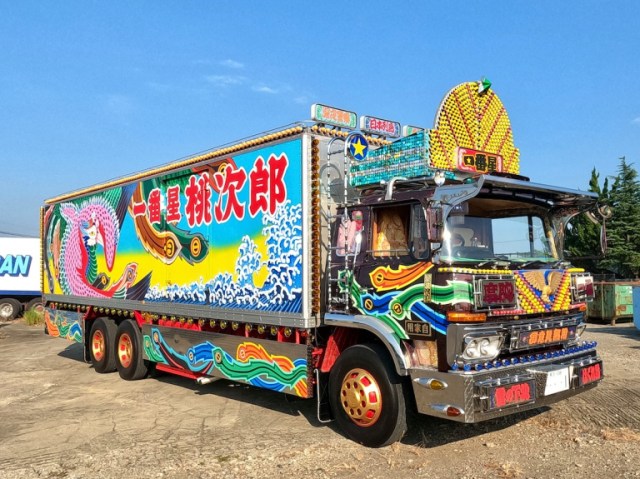
The hero car from “Truck Guys” is now a real-life hero too.
One of the more colorful quasi-English words in the Japanese language is dekotora, and, fittingly, the term describes some very colorful things. A mashup of the Japanese pronunciations of “decoration” and “truck,” dekotora are gloriously gaudy cargo trucks, covered in lights, ornaments, and massive murals in a style evocative of ukiyo-e paintings, Japanese tattoos, or fishermen’s flags.
Every one of these personalized trucks is distinct, but one of the most famous of all is the Ichibanboshi (“First Star”), and we recently got to see the king of the dekotora with our own eyes.
Dekotora are a whole subculture unto themselves, and their ability to command attention and captivate imaginations inevitably led to a series of dekotora movies called Truck Yaro (“Truck Guys”), and the Ichibanboshi was the truck of its hero, long-haul trucker Momojiro Hoshi. In each film, Momojiro would meet a beautiful woman who needed his help, often in a different region of Japan from his last adventure. Every time, he’d fulfill her request, then have to say a bittersweet goodbye as she began her happily-ever-after with another man. It’s sort of a more rough-around-the-edges version of Japan’s Otoko wa Tsurai yo movie series, or maybe you could think of it as something like a 1970s blue-collar Japanese Fast and Furious.
▼ A scene from one of the Truck Yaro films, in which a trucker beats up the construction crew building an unwanted nuclear power plant, then smashes up the site using his truck with a decorative shark on its roof.
They made a total of 10 Truck Yaro films between 1975 and 1979, all steeped in the pathos of post-World War II, pre-Bubble Economy Japan. After the series wrapped, the Ichibanboshi bounced around between a few private owners, and since 2014 it’s been in the hands of Saitama Prefecture resident Junichi Tajima.
With more than 30 years since it had last appeared on screen, the Ichibanboshi wasn’t exactly ready for its close-ups when Tajima bought it. So he decided to restore it to its former glory, and he went all out. Because this is the original Ichibanboshi, not a replica, Tajima went so far as to track down Tadayuki Kuwana, the man who’d served as art director for all 10 Truck Yaro films back in the ‘70s at film studio Toei, so that he could supervise the repainting of the truck’s murals to their original standards.
▼ And yes, that includes the gigantic calligraphy on the trailer’s roof that reads “A man’s journey is a solitary one.”
For maximum authenticity, they even made sure to use the same type of paint they did in the 1970s, so that it would have the identical thickness and level of luster. The difference between more modern paints is small enough that most people probably wouldn’t have been consciously aware of it, but true Truck Yaro fans would have known that something was off compared to their memories of how the Ichibanboshi looked in its heyday.
Also part of the restoration: making sure every single one of those lights is in proper working order.
▼ Yes, that is a chandelier in the driver’s cab.
▼ The truck has its own garage to keep it looking nice and clean.
Tajima’s desire to own and restore the Ichibanboshi isn’t just because he’s a Truck Yaro fan, though. He’s also the head of the Zenkoku Utamarokai, a charity group that helps with raising money for and delivering emergency supplies to victims of natural disasters such as earthquakes and floods. The Ichibanboshi helps out on the former front by making appearances at charity fundraising events, like the one shown here.
▼ Tajima, holding an Ichibanbosh charity calendar
In a way, the Ichibanboshi’s new life of helping those in need mirrors the role it played in the Truck Yaro movies, showing that it’s not just human actors who have the ability to give something back after they make it big.
Related: Zenkoku Utamarokai official website, YouTube channel
Images ©SoraNews24
● Want to hear about SoraNews24’s latest articles as soon as they’re published? Follow us on Facebook and Twitter!
[ Read in Japanese ]

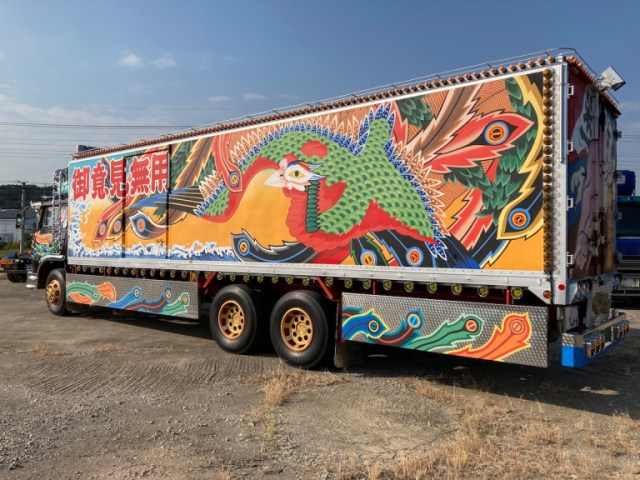
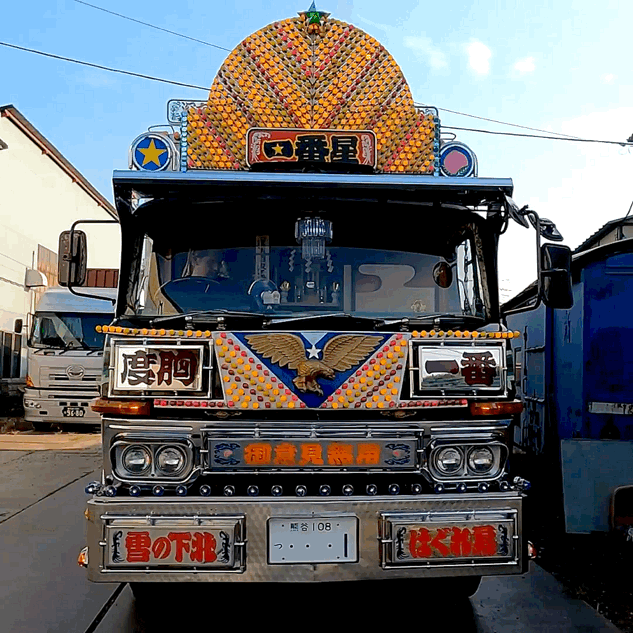
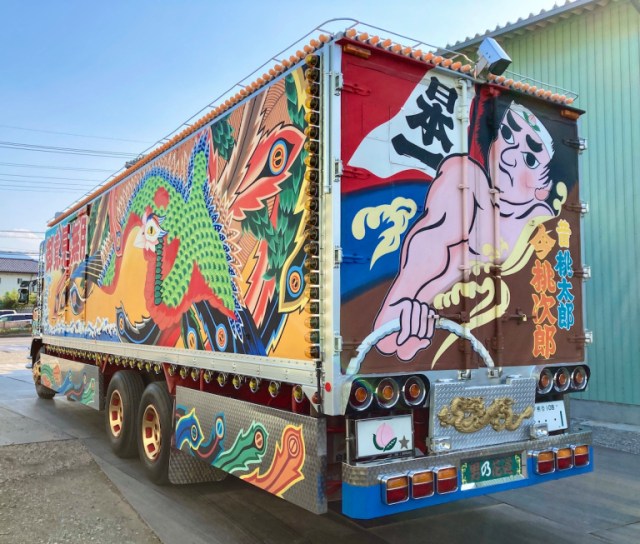
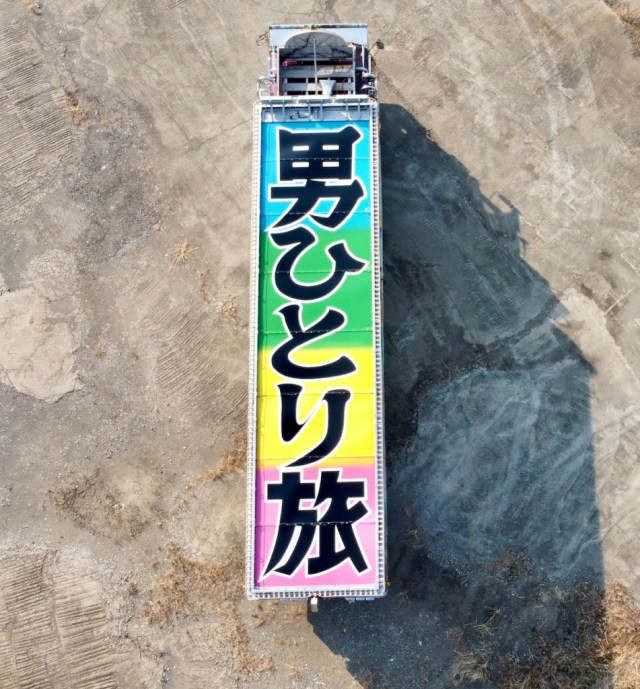
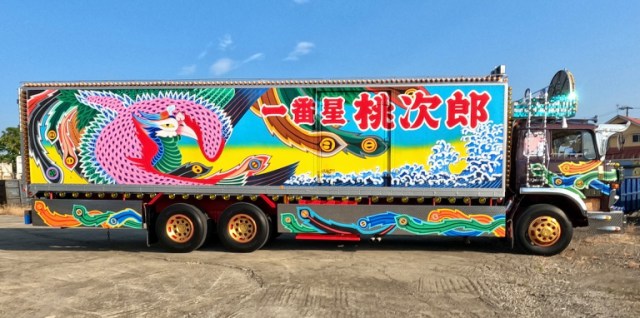
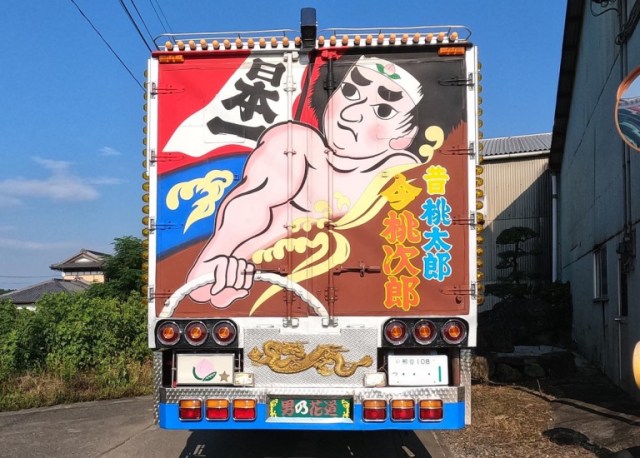
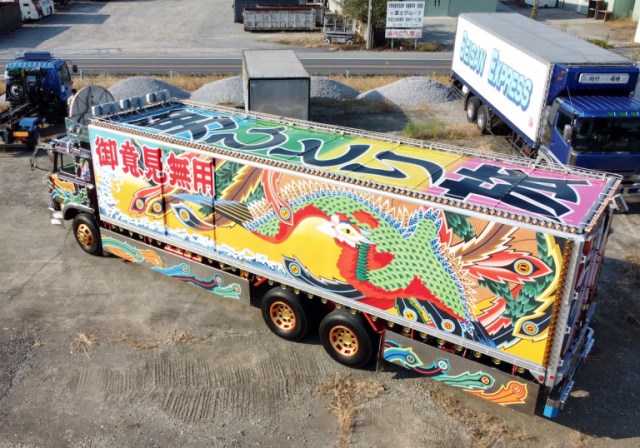
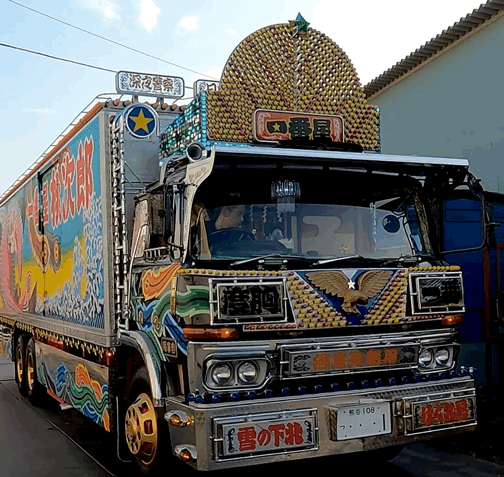
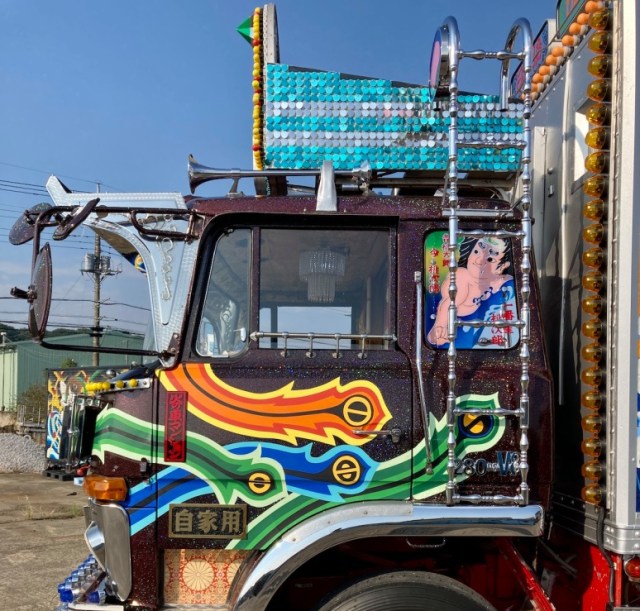
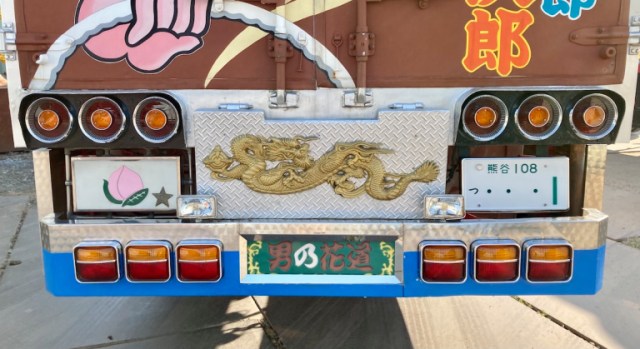
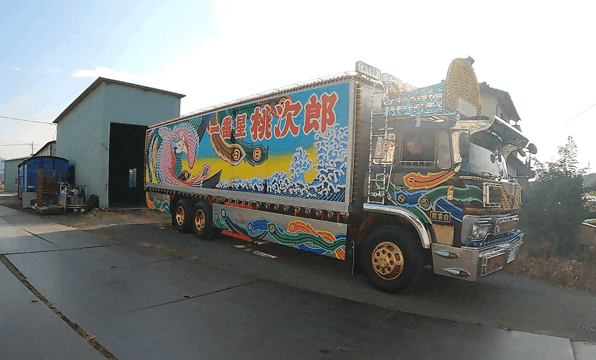
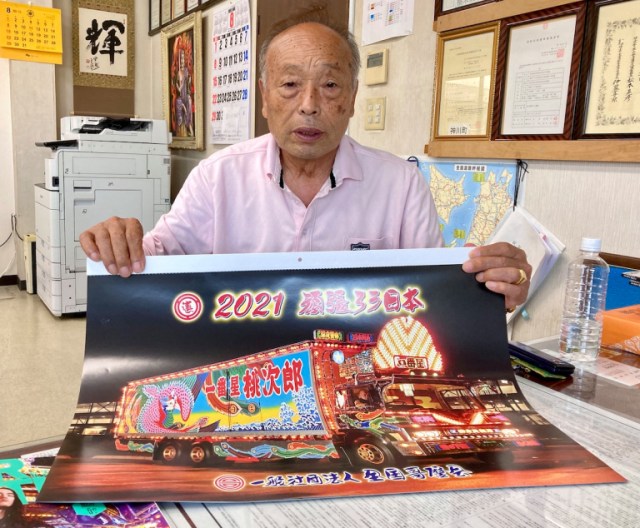
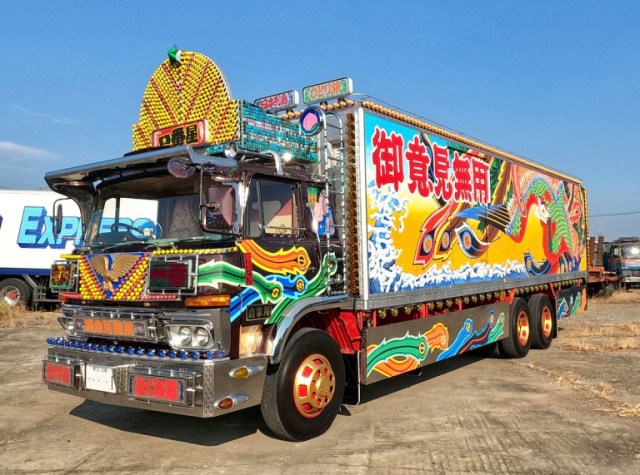
 Ramen and dekotora come together at this restaurant in Japan
Ramen and dekotora come together at this restaurant in Japan Kicking off the new year with a gathering of the most famous dekotora in Japan
Kicking off the new year with a gathering of the most famous dekotora in Japan We spot the legendary dekotora Aki Kannon, dedicated to actress and singer Aki Yashiro
We spot the legendary dekotora Aki Kannon, dedicated to actress and singer Aki Yashiro Yaro Ramen to begin subscription service, become the Netflix of noodles
Yaro Ramen to begin subscription service, become the Netflix of noodles Red light district sushi restaurant in Tokyo shows us just how wrong we were about it
Red light district sushi restaurant in Tokyo shows us just how wrong we were about it Japan’s new difficult-to-drink-from beer glass protects your liver, but it’s a brutal experience
Japan’s new difficult-to-drink-from beer glass protects your liver, but it’s a brutal experience How to order snacks on a Shinkansen bullet train in Japan
How to order snacks on a Shinkansen bullet train in Japan New Pokémon ice cream, dessert drinks, and cool merch coming to Baskin-Robbins Japan【Pics】
New Pokémon ice cream, dessert drinks, and cool merch coming to Baskin-Robbins Japan【Pics】 Demon Slayer: Kimetsu no Yaiba gets new roller coaster attractions and food at Universal Studios Japan
Demon Slayer: Kimetsu no Yaiba gets new roller coaster attractions and food at Universal Studios Japan Caffeinated ramen for gamers that you can eat with one hand going on sale in Japan
Caffeinated ramen for gamers that you can eat with one hand going on sale in Japan Burger King Japan suddenly adds Dr. Pepper and Dr. Pepper floats to its menu nationwide
Burger King Japan suddenly adds Dr. Pepper and Dr. Pepper floats to its menu nationwide “The most Delicious Cup Noodle in history” – Japan’s French Cup Noodle wins our heart【Taste test】
“The most Delicious Cup Noodle in history” – Japan’s French Cup Noodle wins our heart【Taste test】 New samurai glasses are Japan’s latest weird must-have souvenir
New samurai glasses are Japan’s latest weird must-have souvenir Doraemon found buried at sea as scene from 1993 anime becomes real life【Photos】
Doraemon found buried at sea as scene from 1993 anime becomes real life【Photos】 Hello, cosmetics! Clinique teams up with Hello Kitty this summer for first-time collaboration
Hello, cosmetics! Clinique teams up with Hello Kitty this summer for first-time collaboration Nintendo history you can feel – Super NES, N64, and GameCube controllers become capsule toys
Nintendo history you can feel – Super NES, N64, and GameCube controllers become capsule toys Starbucks releases a cute Frappuccino and Unicorn Cake…but not in Japan
Starbucks releases a cute Frappuccino and Unicorn Cake…but not in Japan Kyoto Tower mascot termination reveals dark side behind cute Japanese characters
Kyoto Tower mascot termination reveals dark side behind cute Japanese characters McDonald’s Japan’s Soft Twist Tower: A phantom ice cream only sold at select branches
McDonald’s Japan’s Soft Twist Tower: A phantom ice cream only sold at select branches Yabai Ramen: What makes this Japanese ramen so dangerous?
Yabai Ramen: What makes this Japanese ramen so dangerous? Finally! Nintendo Japan expands Switch 8-bit controller sales to everybody, Online member or not
Finally! Nintendo Japan expands Switch 8-bit controller sales to everybody, Online member or not Japanese government wants to build luxury resorts in all national parks for foreign tourists
Japanese government wants to build luxury resorts in all national parks for foreign tourists To combat declining birth rate, Japan to begin offering “Breeding Visas” to foreigners
To combat declining birth rate, Japan to begin offering “Breeding Visas” to foreigners 10 things you should buy at 7-Eleven in Japan
10 things you should buy at 7-Eleven in Japan Studio Ghibli releases anime heroine cosplay dresses that are super comfy to wear
Studio Ghibli releases anime heroine cosplay dresses that are super comfy to wear Woman charged for driving suitcase without a license in Osaka
Woman charged for driving suitcase without a license in Osaka Studio Ghibli unveils My Neighbour Totoro miniature house model
Studio Ghibli unveils My Neighbour Totoro miniature house model Kyoto experiencing problems with foreign tourists not paying for bus fares, but not on purpose
Kyoto experiencing problems with foreign tourists not paying for bus fares, but not on purpose Fighting mild hunger with a Japanese soda that turns into jelly in the stomach【Taste test】
Fighting mild hunger with a Japanese soda that turns into jelly in the stomach【Taste test】 Studio Ghibli’s Howl’s Moving Castle tapestry unveiled in Japan for first time
Studio Ghibli’s Howl’s Moving Castle tapestry unveiled in Japan for first time McDonald’s new Happy Meals offer up cute and practical Sanrio lifestyle goods
McDonald’s new Happy Meals offer up cute and practical Sanrio lifestyle goods Sales of Japan’s most convenient train ticket/shopping payment cards suspended indefinitely
Sales of Japan’s most convenient train ticket/shopping payment cards suspended indefinitely Sold-out Studio Ghibli desktop humidifiers are back so Totoro can help you through the dry season
Sold-out Studio Ghibli desktop humidifiers are back so Totoro can help you through the dry season Japanese government to make first change to romanization spelling rules since the 1950s
Japanese government to make first change to romanization spelling rules since the 1950s Foreigner’s request for help in Tokyo makes us sad for the state of society
Foreigner’s request for help in Tokyo makes us sad for the state of society Ghibli founders Toshio Suzuki and Hayao Miyazaki contribute to Japanese whisky Totoro label design
Ghibli founders Toshio Suzuki and Hayao Miyazaki contribute to Japanese whisky Totoro label design Tokyo’s most famous Starbucks is closed
Tokyo’s most famous Starbucks is closed Princesses, fruits, and blacksmiths: Study reveals the 30 most unusual family names in Japan
Princesses, fruits, and blacksmiths: Study reveals the 30 most unusual family names in Japan Outrage sparked: Tokyo truck driver abandons body of suicide victim, claims the body was a “doll”
Outrage sparked: Tokyo truck driver abandons body of suicide victim, claims the body was a “doll” First Hello Kitty cafe to open in California!
First Hello Kitty cafe to open in California! 1,000 boxes of disposable chopsticks dumped on Tokyo freeway following delivery truck fire【Video】
1,000 boxes of disposable chopsticks dumped on Tokyo freeway following delivery truck fire【Video】 Truck driver hailed as “hero” for cutting off car on wet highway
Truck driver hailed as “hero” for cutting off car on wet highway Japanese garbage trucks are the latest vehicles to get the full makeover treatment
Japanese garbage trucks are the latest vehicles to get the full makeover treatment Motorist with overloaded truck decides to dump excess cargo…on top of traffic inspector 【Video】
Motorist with overloaded truck decides to dump excess cargo…on top of traffic inspector 【Video】 Half-destroyed truck seen driving down Japanese highway, astounds drivers【Video】
Half-destroyed truck seen driving down Japanese highway, astounds drivers【Video】 Unlicensed drunk driver involved in hit-and-run, makes pathetic attempt to avoid police
Unlicensed drunk driver involved in hit-and-run, makes pathetic attempt to avoid police Studio Ghibli’s truck from My Neighbour Totoro now available as die-cast Takara Tomy car
Studio Ghibli’s truck from My Neighbour Totoro now available as die-cast Takara Tomy car Test your luck with one of six randomly selected 2023 Tomica lucky toy cars
Test your luck with one of six randomly selected 2023 Tomica lucky toy cars Two of Japan’s biggest chains travel to disaster-stricken Kumamoto to hand out free beef bowls
Two of Japan’s biggest chains travel to disaster-stricken Kumamoto to hand out free beef bowls Godzilla speaks! Interview with 12-movie veteran kaiju actor Haruo Nakajima【Video】
Godzilla speaks! Interview with 12-movie veteran kaiju actor Haruo Nakajima【Video】 Tiny Suzuki scores one for the little guys by pulling huge big rig out of the snow 【Video】
Tiny Suzuki scores one for the little guys by pulling huge big rig out of the snow 【Video】 Old man blissfully unaware as out-of-control dump truck almost flattens him【Video】
Old man blissfully unaware as out-of-control dump truck almost flattens him【Video】
Leave a Reply